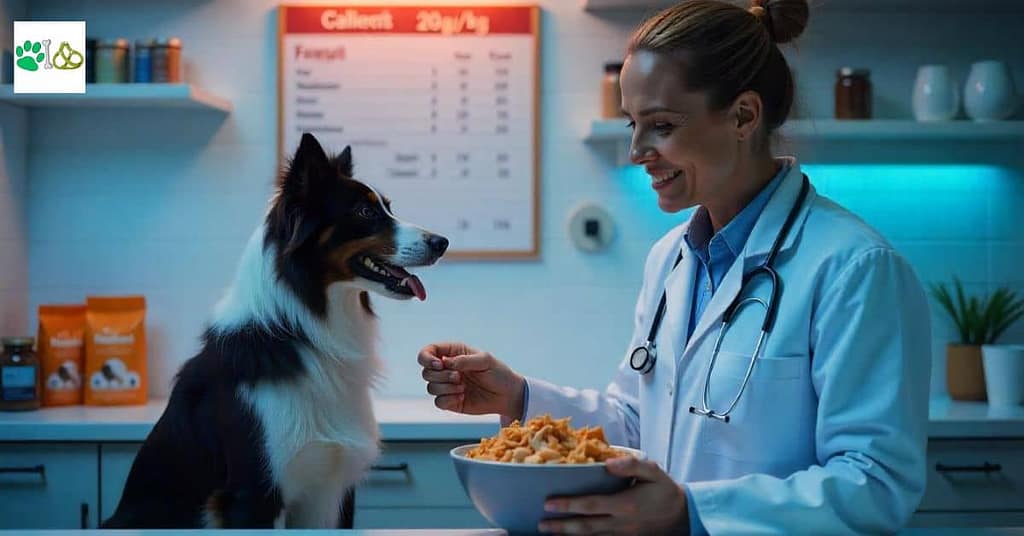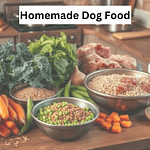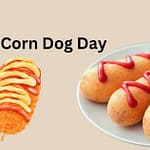Suppose you are prepping dinner, and your dog’s eyes lock onto that juicy chicken breast like it’s the last slice of pizza at a party. You cave, tossing them a bite… then another… and suddenly, you are Googling “How much chicken for my dog by weight in kg?” at midnight. Sound familiar? Let’s cut through the confusion.
Here’s the deal: For every kilogram your dog weighs, they can safely eat 20–30 grams of cooked chicken daily– but only as a sidekick to their regular meals. Think of it like adding avocado to toast: a little boosts nutrition, but too much ruins the balance. For example, my neighbor’s 12kg Cocker Spaniel, Charlie, gets a palm-sized portion ( 240– 360g) mixed with veggies and kibble. But wait-why does this math matter? Let’s dig into the real story behind chicken and your dog’s diet, with tips even my vet double- tapped for approval.

What Is Chicken’s Role in a Dog’s Diet?
Chicken is not just a “good protein.” It is the Beyoncé of your dog’s bowl- versatile, nutrient- packed, and wildly popular. But here’s the catch: While it is rich in muscle- building amino acids and energy- boosting B vitamins, chicken alone is like trying to live off kale smoothies. Sure, you will get some benefits, but you will miss out on essentials like calcium (for strong bones) and omega-3s (for that Instagram- worthy shiny coat).
Take it from Dr. Sarah Mitchell, a vet I have worked with for years: “I’ve seen dogs thrive on chicken- and others end up in my clinic with brittle nails because their owners treated it like a magic bullet. It is a supplement, not a superhero.”
Nutritional Breakdown of 100g Cooked Chicken Breast:
- Calories: 165
- Protein: 31g
- Fat: 3.6g
- Calcium: 15mg ( vs. a dog’s daily need of 50mg per kg)
Who Should ( and Shouldn’t) Feed Chicken to Their Dogs?
Ideal Candidates for Chicken
- Underweight dogs: High- quality protein aids healthy weight gain.
- Picky eaters: Shredded chicken mixed with kibble attracts fussy pups.
- Recovering pets: Easily digestible after surgery or illness.
- Active breeds: Supports muscle repair in working dogs or athletes.
Avoid Chicken If…
- Your dog has chicken allergies ( symptoms: itching, ear infections, vomiting).
- They have pancreatitis or kidney disease: High protein/ fat can strain organs.
- They are prone to obesity: Overfeeding leads to rapid weight gain.
Real- Life Case: Milo, a 7 kg Shih Tzu, started losing fur after his owner provided him only boiled chicken for a month. Blood tests revealed a severe calcium deficiency, which resolved after switching to a balanced diet.
How to Calculate Chicken Portions by Weight ( kg): A Step-by- Step Guide
Step 1: Weigh Your Dog Accurately
Use a bathroom scale:
- Weigh yourself.
- Pick up your dog and weigh again.
- Subtract your weight to get your dog’s exact weight in kg.
Step 2: Apply the 20– 30g/kg Formula
- 5kg dog: 100– 150g daily ( about ½ cup shredded)
- 15kg dog: 300– 450g daily ( 1.5– 2 cups)
- 30kg dog: 600– 900g daily ( 3– 4.5 cups)
Key Rule: Chicken should never exceed 10% of daily calories. For example, a 10 kg dog needing 700 calories/ day should get only ~70 calories from chicken ( ≈40g).
Step 3: Adjust for Lifestyle and Health
- Active dogs (e.g., Border Collies, Huskies): 30g/ kg for muscle support.
- Senior or sedentary dogs: 20g/ kg to prevent obesity.
- Puppies: 10g/kg ( their primary nutrition should come from puppy- formulated food).
Pro Tip: Use a kitchen scale for precision—eyeballing portions often leads to overfeeding!
Why Overfeeding Chicken Risks Your Dog’s Health

Risk 1: Nutritional Imbalances
Feeding too much chicken can cause:
- Calcium deficiency: Weak bones and teeth ( chicken has minimal calcium).
- Excess protein: Kidney stress in breeds like Dalmatians or elderly dogs.
A 2023 study in Veterinary Medicine and Science found dogs fed 40% chicken developed brittle nails and dull coats within six weeks due to imbalanced diets.
Risk 2: Obesity and Pancreatitis
Chicken thighs or skin add unnecessary fat. Just 100g of chicken skin contains 32g of fat—over half the daily limit for a 20kg dog!
Real- Life Case: Roxy, a 12kg Beagle, gained 2kg in a month after her owner fed her fried chicken scraps. Her vet diagnosed pancreatitis, requiring a strict low-fat diet.
Real- Life Feeding Plans for Dogs of All Sizes
Case 1: Bella, a 4kg Chihuahua
- Daily chicken: 80– 120g (⅓–½ cup).
- Meal plan: Mixed with pumpkin ( for fiber) and a calcium supplement.
- Result: Maintains ideal weight and glossy coat.
Case 2: Max, a 25kg German Shepherd
- Daily chicken: 500– 750g ( 2–3 cups).
- Added to: High- quality kibble, fish oil, and blueberries for antioxidants.
- Caution: Max’s owner avoids bones after a past choking scare.
Case 3: Daisy, an 8kg Senior Poodle
- Daily chicken: 160g ( lower end for less activity).
- Mixed with: Steamed broccoli and quinoa for joint support.
Expert Tips for Safe, Balanced Chicken Feeding
- Cook It Right: Boil, bake, or grill without seasoning, onions, or garlic ( toxic to dogs).
- Avoid Bones: Cooked bones splinter; raw bones risk bacterial infections.
- Mix with Veggies: Carrots, spinach, or green beans add vitamins and fiber.
- Rotate Proteins: Try turkey, beef, or salmon to prevent allergy development.
Dr. Lisa Nguyen, a canine dietitian, shares:
“I recommend using chicken as a ‘topper’ for kibble. Replace 10% of their regular meal with it to maintain balance.”
See Also: 5+ Common myths and facts about raw food diets for dogs
FAQs About How Much Chicken for Dog by Weight kg
Q1: Can I feed my dog chicken every day?
A: Yes, but keep portions small ( 10% of their diet). Daily feeding without type can lead to nutrient gaps.
Q2: Is raw chicken safer than cooked?
A: Raw diets are contentious. While some claim benefits, veterans often warn about salmonella risks. Always consult your vet first.
Q3: Can puppies eat chicken?
A: Definitely! Start with 10g / kg of cooked, sliced chicken mixed into pup food for easy digestion.
Q4: How do I know if my dog is allergic to chicken?
A: Watch for symptoms like itching, ear infections, diarrhea, or extreme licking. An elimination diet can confirm allergies.
Q5: Can I use chicken to replace commercial dog food entirely?
A: No. Chicken lacks essential nutrients like calcium and omega- 3s. Use it as a supplement, not a replacement.
Conclusion:
Feeding chicken based on your dog’s weight in kg is simple with the 20- 30g /kg rule, but temperament and sort matter. Always prioritize vet- approved meals, adjust for your dog’s age and health, and never miss regular check -ups. When in doubt, ask a professional- your pup’s well- being is worth the extra care!



